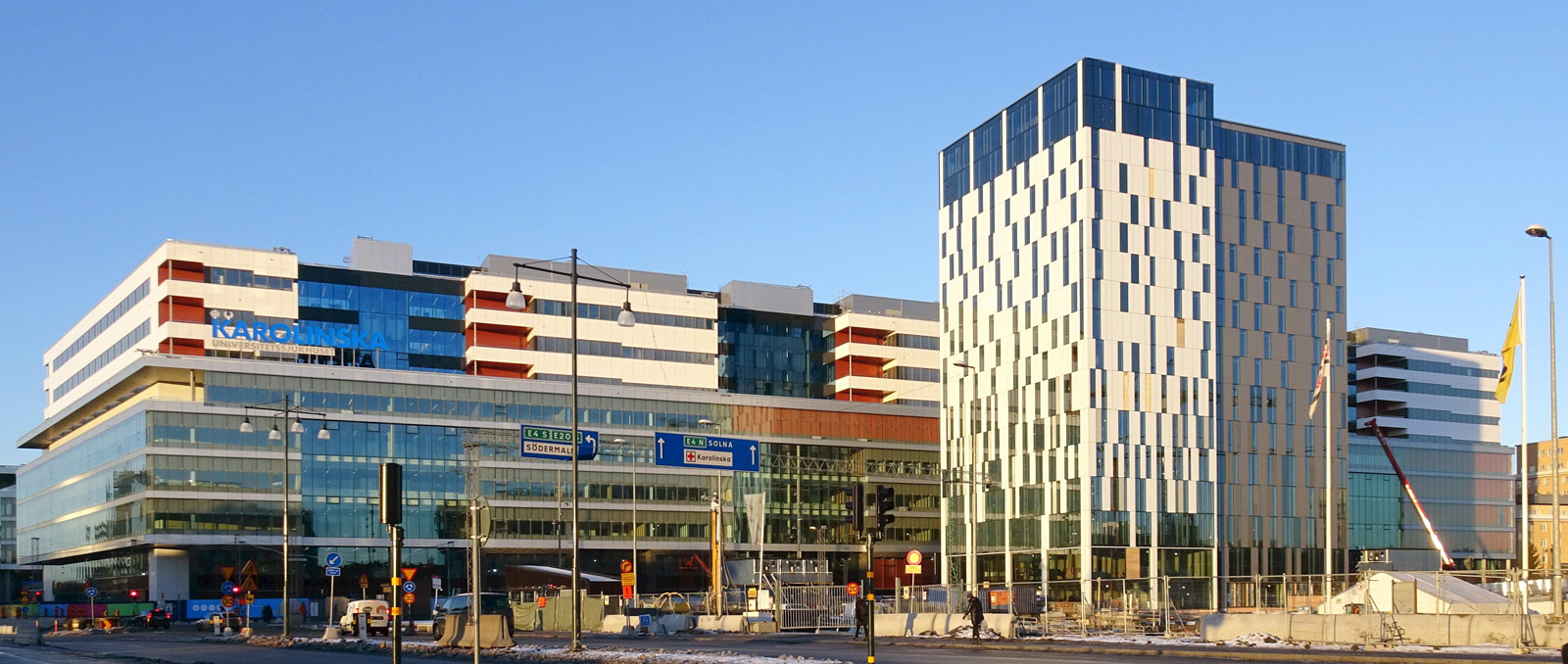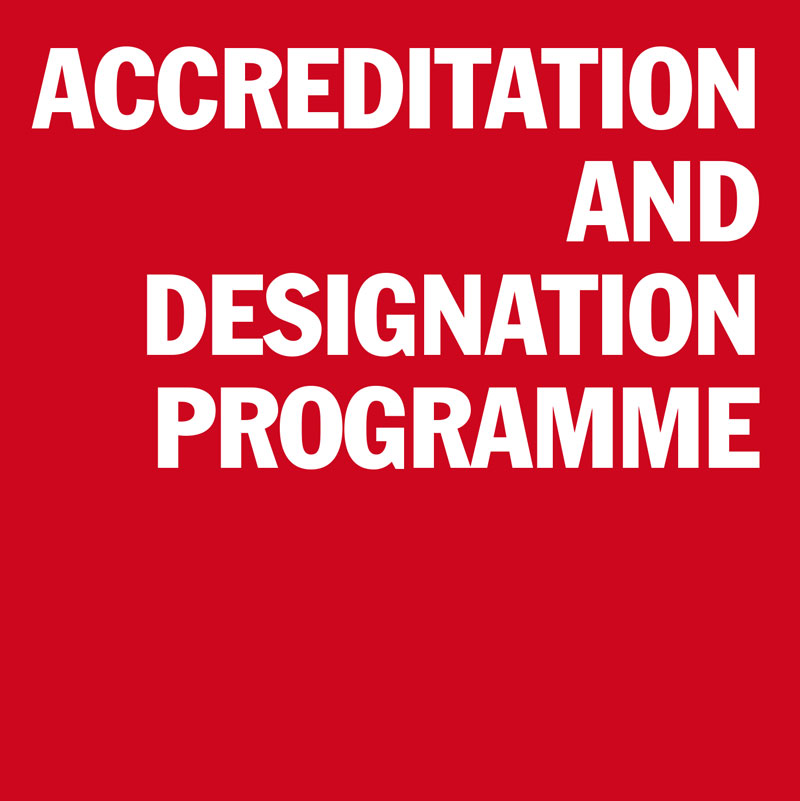Excellent Practices
Collaborative multidisciplinary working within the hospital; The ‘oval table
Practice Category: Multidisciplinary
Centre: Karolinska Institute and University Hospital

Eva Jolly
eva.jolly@sll.se

Challenge which the practice addresses
Creating a complete process, including co-ordination, based on the patient’s experiences and needs.
By bringing together interdisciplinary and interprofessional groups including physicians, nurses, allied health professionals, research group managers and patient representatives, the team has the mandate to design, monitor and evaluate the work throughout the patient flow.
The collaboration and co-ordination of care is essential and requires that the members of the oval table have a common goal – to create the best value for the patient.
Solution
In the Cancer theme there are 17 patient flows and each of them has an oval table. The oval table is an interdisciplinary and interprofessional group consisting of the patient flow team, including physicians, nurses, allied health professionals, research group managers and patient representatives. The team has the mandate to design, control and evaluate the work throughout the patient flow.
The patient flow has an end-to-end responsibility for the process. The outcome measures are defined within each patient flow and are continuously followed and evaluated, including patient reported measures (PREM and PROM).
By bringing together an interdisciplinary and interprofessional team on a regular basis the development as well as the targets can be easily followed up and kept together. The oval table has the mandate to set priorities with the aim of making decisions as close to the patient as possible and is responsible for the goals, evaluation, initiation of improvements and the improvement plan.
The oval table is led by the Head of patient flow who is the managing physician for the patient group(s).
The same person is responsible for keeping the agenda, leading the meeting, and ensuring invitations to relevant people.
Impact
- Standardised care pathways (including lead times); an overall improvement of lead times through optimisation of different parts of the process. Proportion of patients starting treatment within the set target value; 42% – 2018; 61% – 2020
- Oval table meetings have facilitated closer interdisciplinary collaboration between surgical services, radiology, anaesthesiology, pathology, oncology, and other crucial specialties. It has had a significant impact on the patient’s perspective, awareness and decision making.
- Patient representation has ensured that the patient’s perspective is always present. The patient representative brings important topics /questions from and back to the patient organizations.
- The oval table has developed a way of working with very short decision paths and where patient safety risks can be addressed quickly. This approach has generally increased our focus on patient safety.
Critical success factors
- Common goals developed in the multidisciplinary team in collaboration with the patient representative.
This enables everyone to work towards the same goal regardless of profession. - Clearly defined roles where all participants understand their purpose and how they contribute to the success
- Composition of the table where all needed disciplines are invited, including research representatives from the Karolinska Institute
- Clearly defined agenda, protocol, and commitment.
Next steps
A project has been initiated to further develop the practices and methods in the oval table. This includes a review of the outcome measures created and a revision as well as additions.
Another project was launched to improve co-operation with patient associations. The project aims to improve collaboration in each patient flow and at a Cancer theme level.


